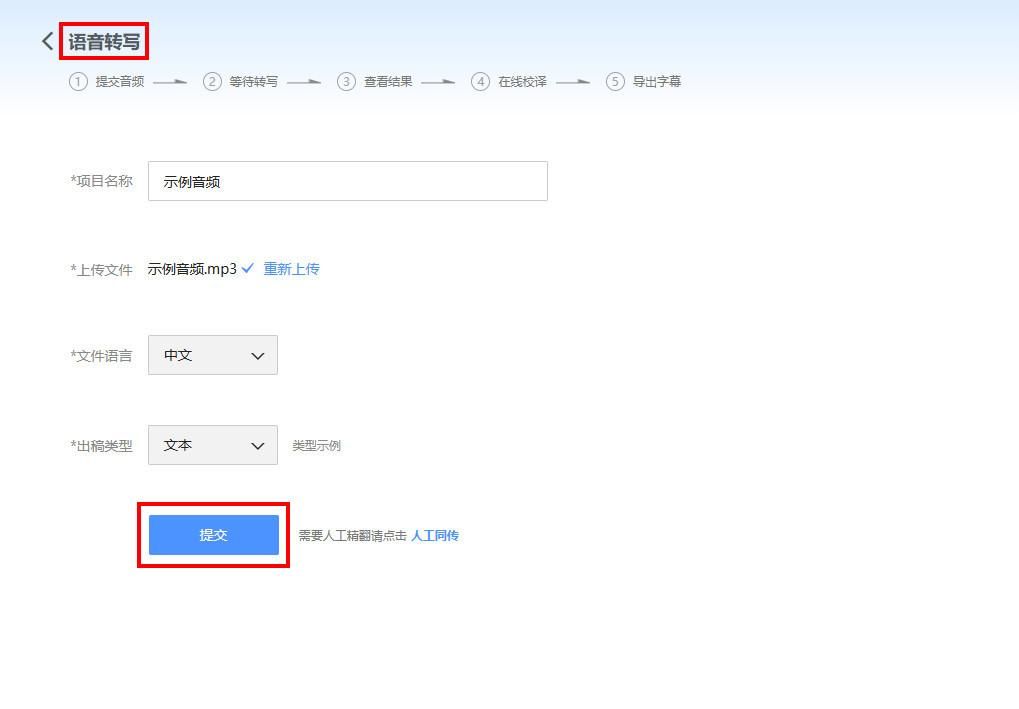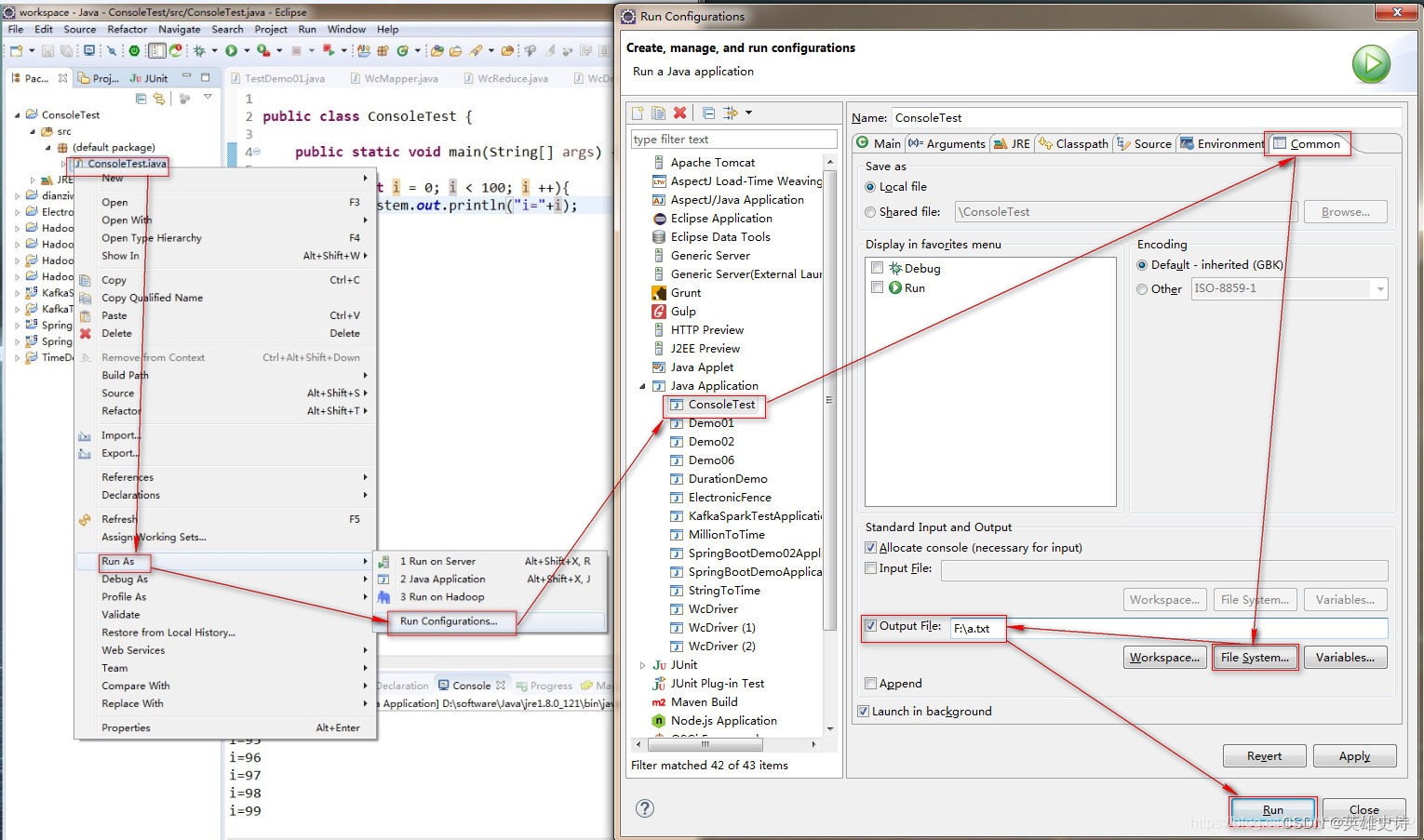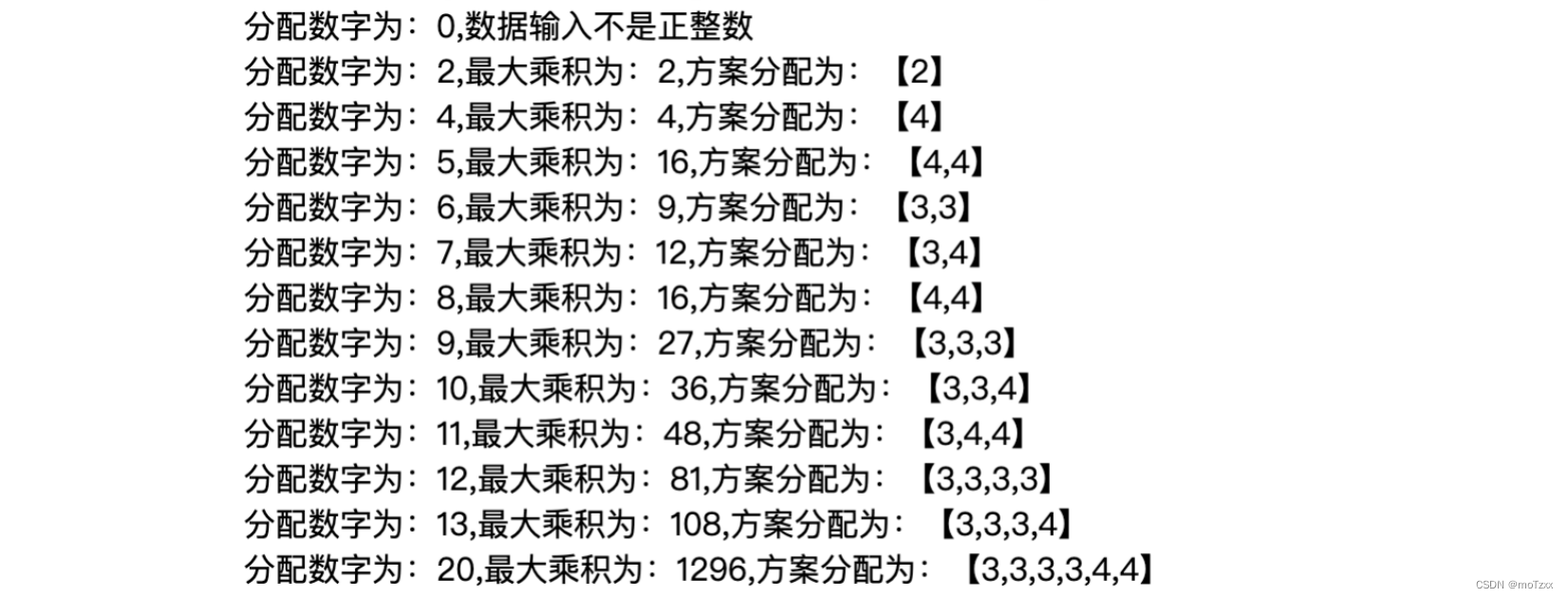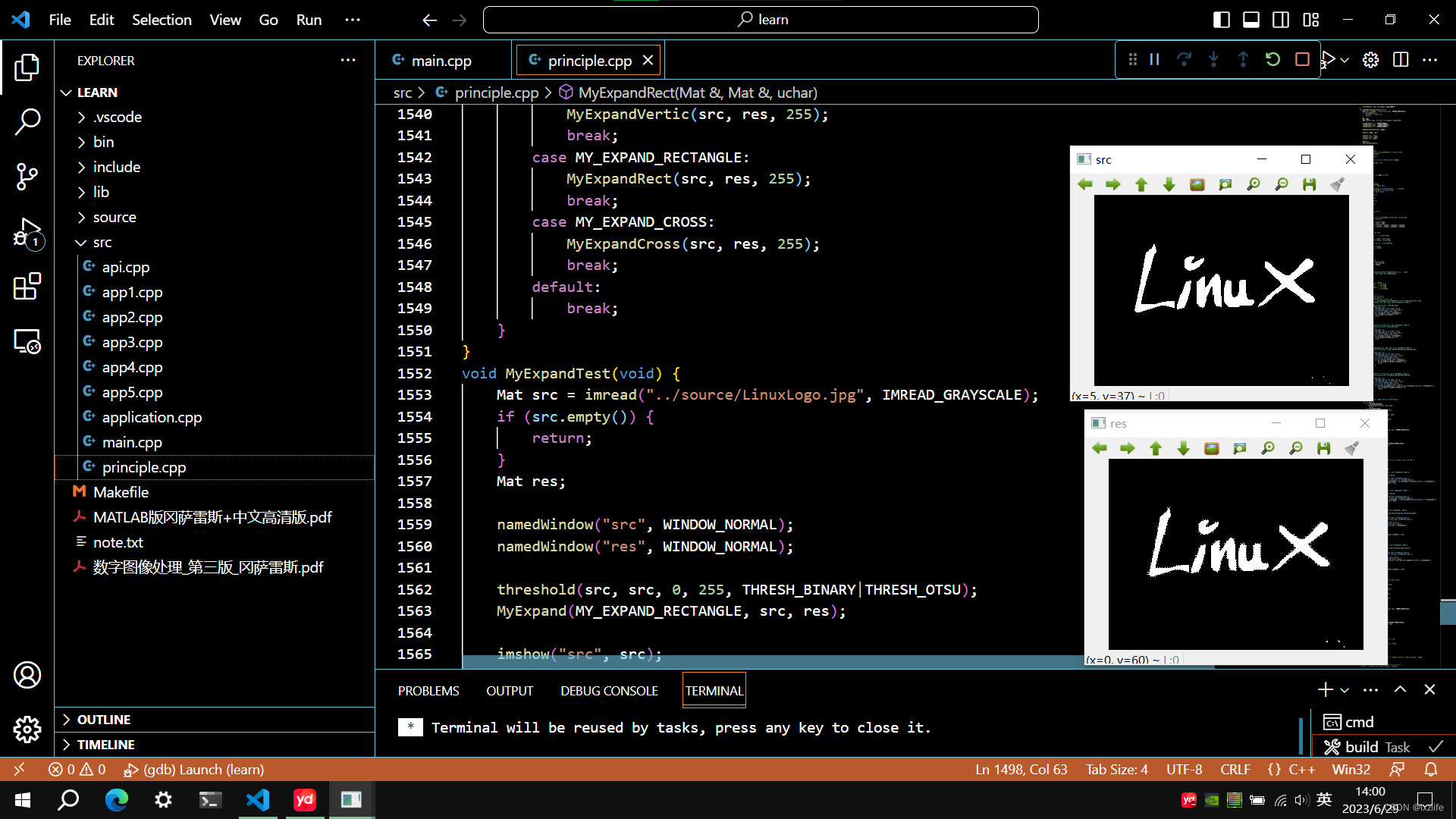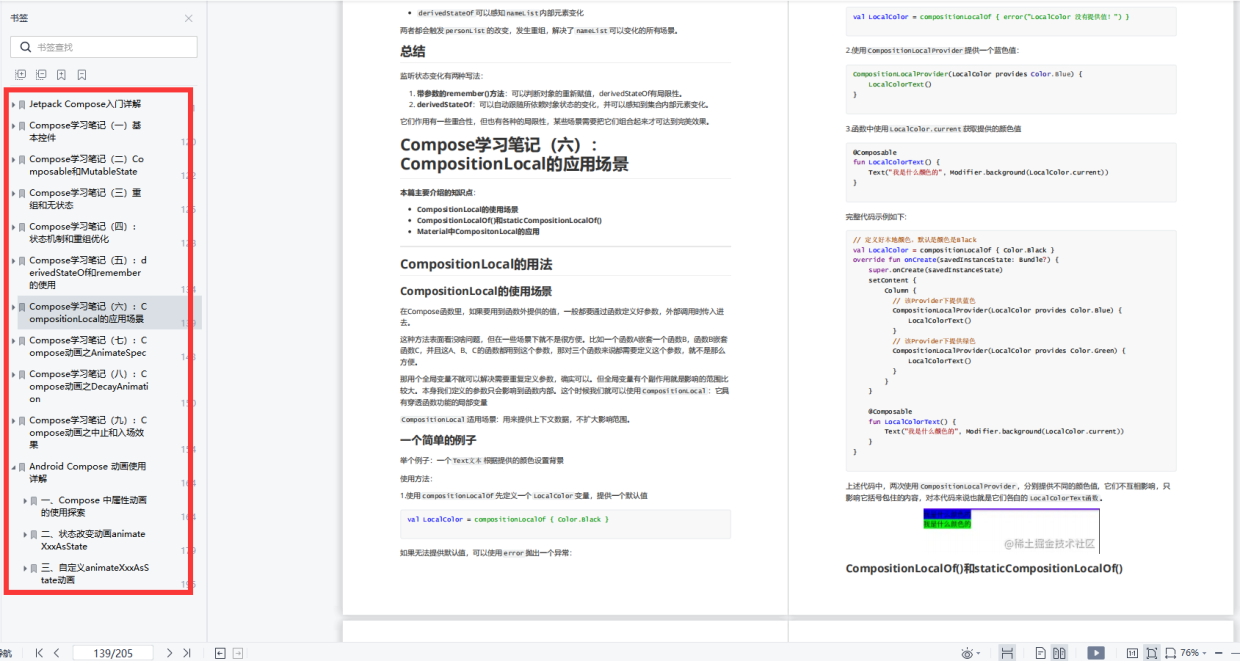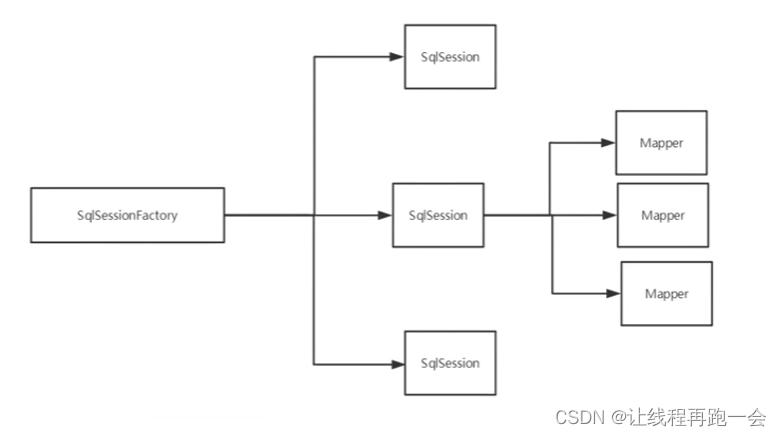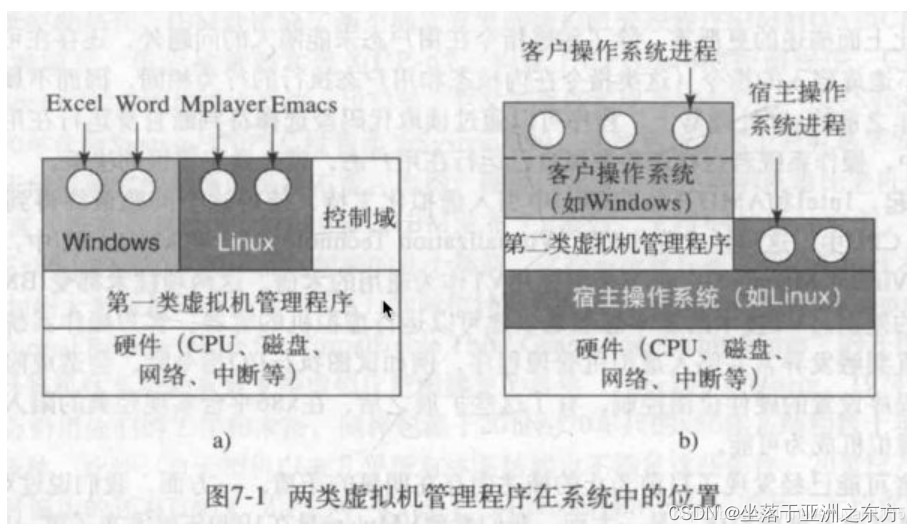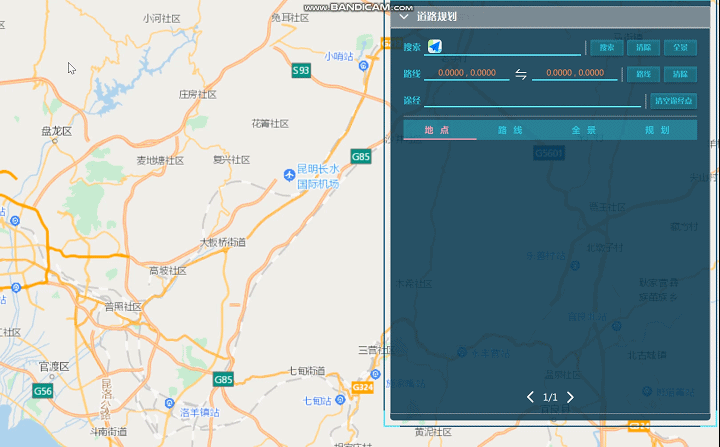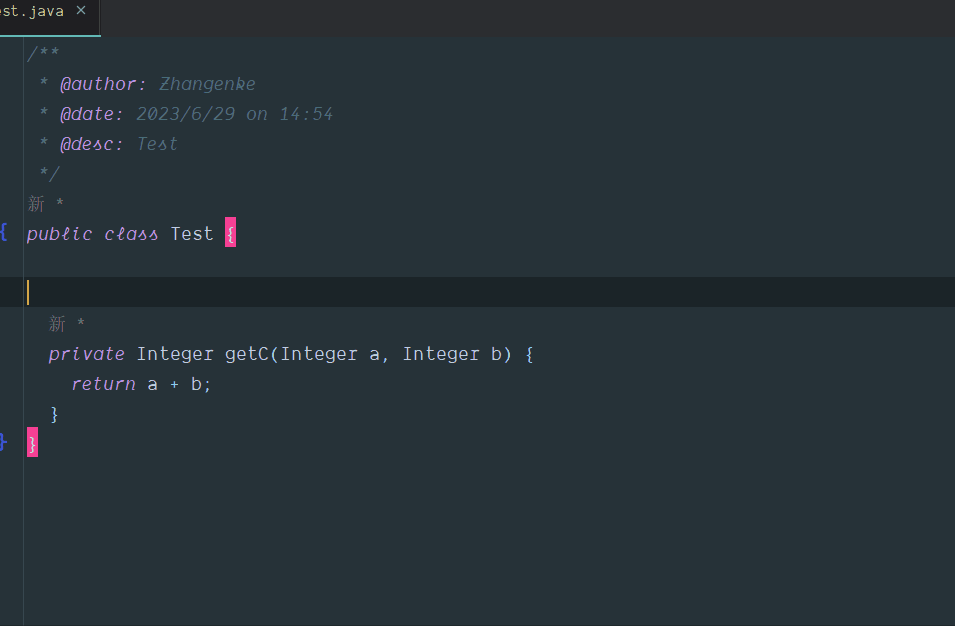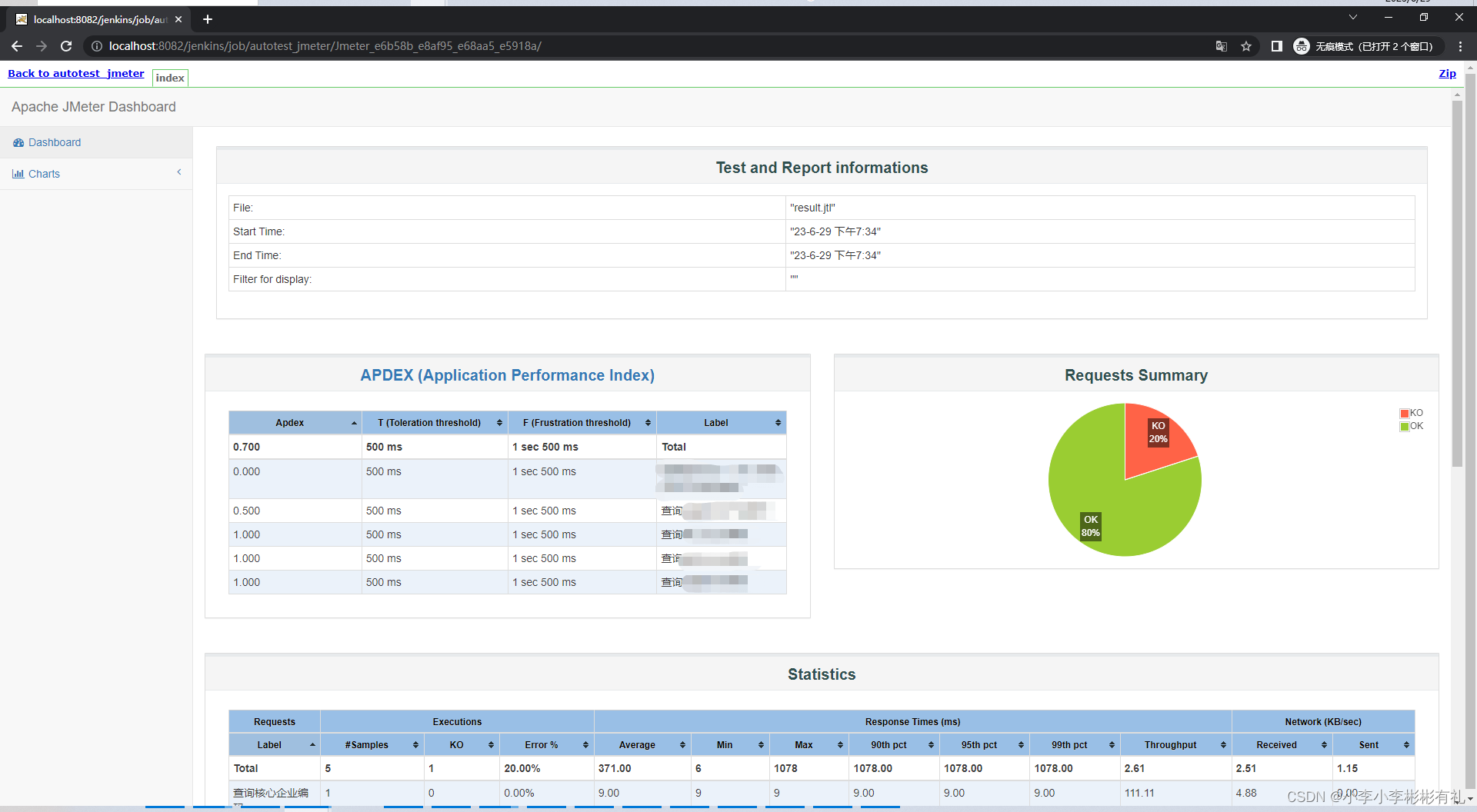文章目录
- 1 使用PIL.Image库进行调色板模式
- 2 转回原来的色彩
- 3 效果
- 参考
1 使用PIL.Image库进行调色板模式
基本步骤:
- 自定义调色板,数据格式是一个Nx3的二维数组,一维数组的位置为分类的下标
- 数据类型为np.uint8
- 转化为调色板模式后
img.convert("P"),设置调色板即可img.putpalette(bin_colormap)
# 定义调色板的索引
bin_colormap = np.array([[0, 0, 0], [255, 0, 0]]).astype(np.uint8) # 会按照值的循序进行索引
bin_colormap_reverse = np.array([[0, 0, 0], [255, 255, 255]]).astype(np.uint8) # 会按照值的循序进行索引
Example:
def imgRGB2P(src_path, dst_path):
# 定义调色板的索引
bin_colormap = np.array([[0, 255, 0], [255, 0, 0]]).astype(np.uint8) # 会按照值的循序进行索引
bin_colormap_reverse = np.array([[0, 0, 0], [255, 255, 255]]).astype(np.uint8) # 会按照值的循序进行索引
img = Image.open(src_path)
# 转化为p模式
img_p = img.convert("P")
img_p.putpalette(bin_colormap)
img_p.save(dst_path)
2 转回原来的色彩
设置原来的色彩空间,使用调色板模式(单通道的图)进行索引即可
def imgP2RGB(src_path, dst_path):
# 调色板前后的关系为下标对应
bin_colormap = np.array([[0, 255, 0], [255, 0, 0]]).astype(np.uint8) # 会按照值的循序进行索引
bin_colormap_reverse = np.array([[0, 0, 0], [255, 255, 255]]).astype(np.uint8) # 按照索引映射会原图
img = np.array(Image.open(src_path))
# 转化为RGB
img_RGB = bin_colormap_reverse[img]
img_RGB = Image.fromarray(img_RGB).convert("L")
img_RGB.save(dst_path)
3 效果
原图:
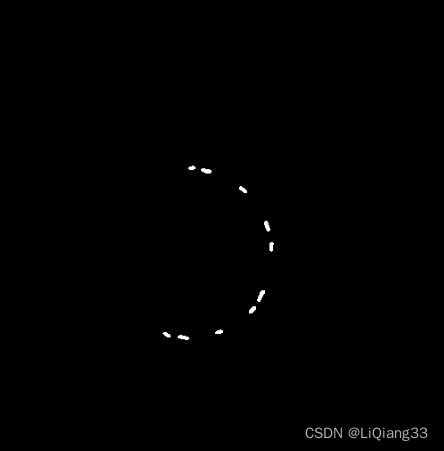
自定义调色板,p模式
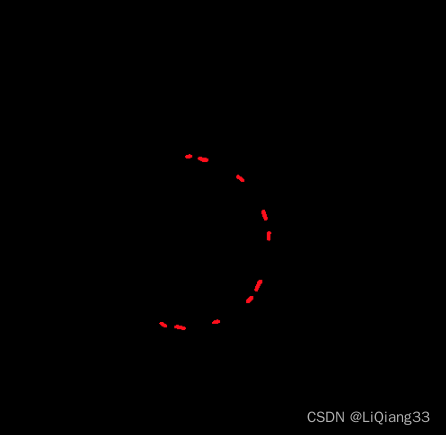
参考
【PIL】——PIL灰度图以调色板保存成彩图 https://blog.csdn.net/u011622208/article/details/111181378
